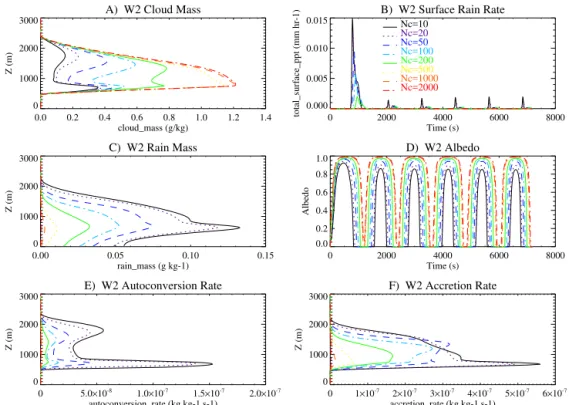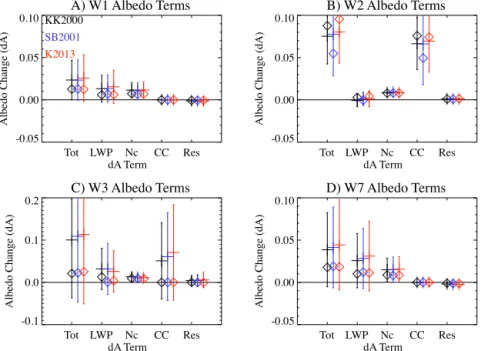Putting the clouds back in aerosol–cloud interactions
Texto
Imagem




Documentos relacionados
We use a global aerosol microphysics model to estimate the effect of particle formation through activation nucleation in the boundary layer (BL) on cloud droplet num- ber
The results strengthen the case that the observed increase in cloud top height and cloud fraction associated with higher aerosol loadings in convective clouds over the Atlantic ITCZ
It is shown that subgrid treatment of cloud activation and autoconversion of cloud water to rain reduce the impact of anthropogenic aerosols on cloud properties and thus reduce
For this reason, the remaining test scenarios are used to estimate the sensitivity to aerosol, cloud micro and macro physical parameters which are not part of the state vector but
di ff erences due to cloud parameterization schemes, in CTL and MAC, the other is the influence of aerosol activation and associated cloud particle numbers and sizes; how- ever, the
Because of the increas- ing the speed of the decomposition of the anhydrite, together with the growth of the temperature of casting the bronze to the plaster mould, the gases
Although this study focused only on warm-phase clouds, our findings regarding different cloud responses to aerosol perturbations between GCMs and satellite observations will
In that paper, several cloud fields with the same stochastic properties as real clouds are generated assuming variable cloud tops, vertical profile of water droplet, mixed phase,





